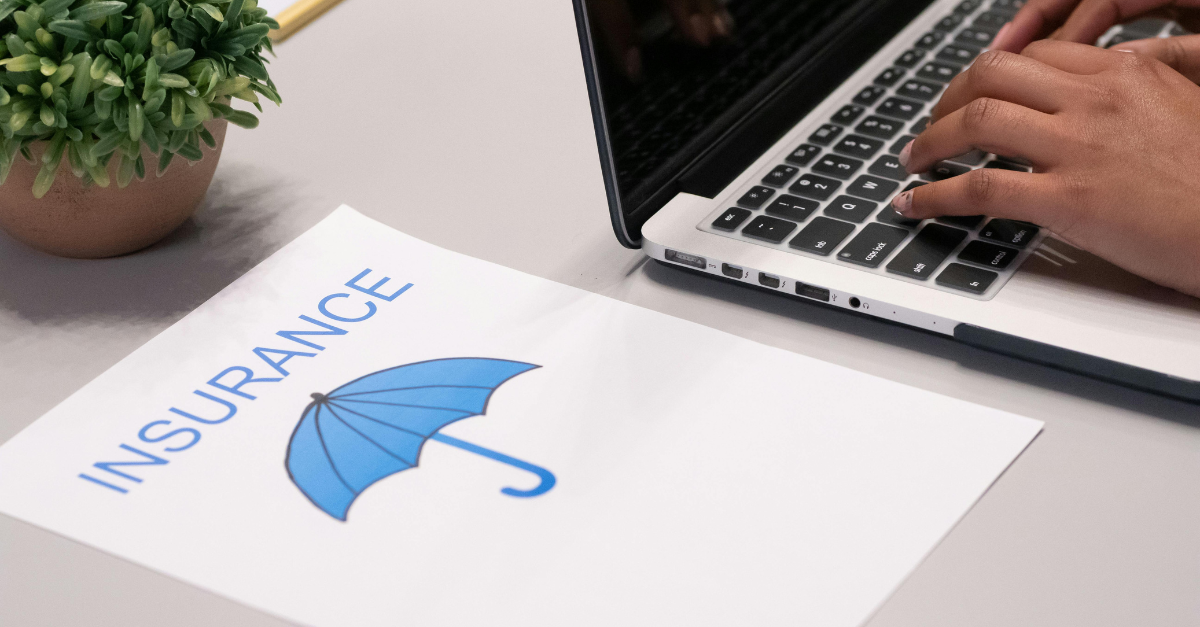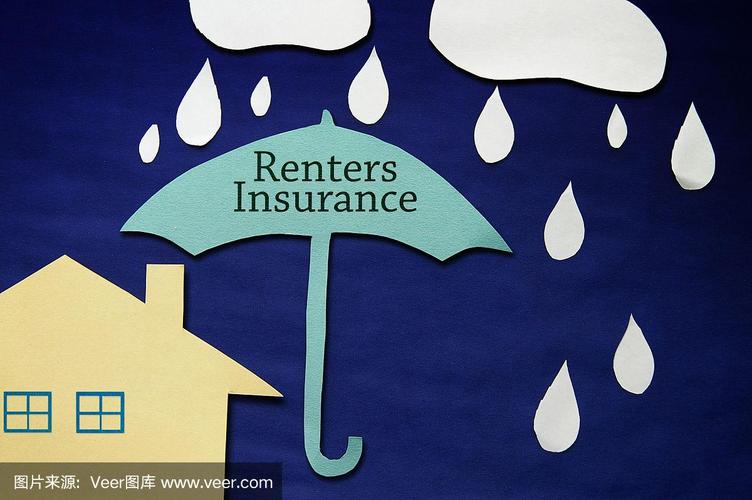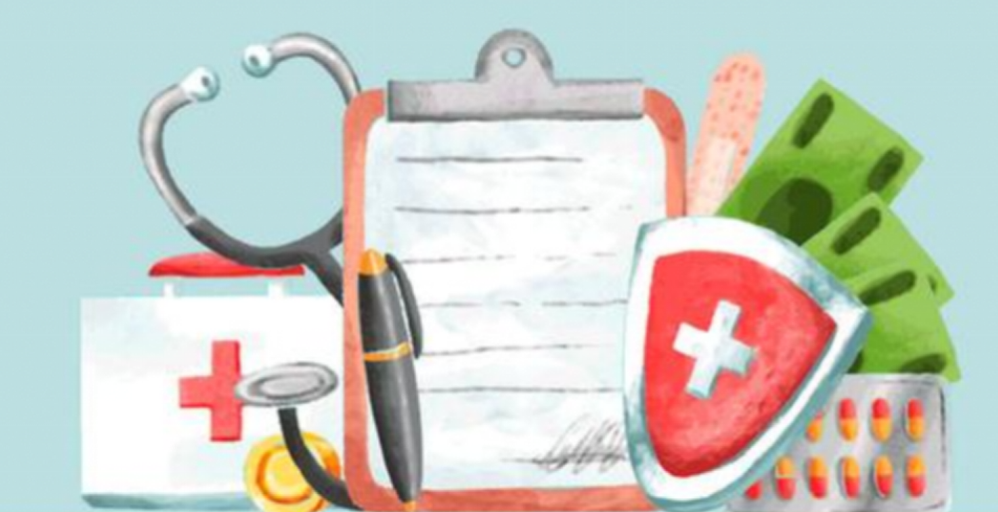What Is Micro insurance and Why Is It Important for the Future?
The majority of people know what health, life, and auto insurance. However, what if you only require small, affordable protection or if your income is modest? That's where Micro insurance comes in.

The type of insurance becomes more and more popular and is helping those who were previously excluded from the insurance industry. Let's discuss the definition, operation, and significance of micro insurance for the future.
What Is Micro insurance?
Micro insurance is insurance designed for those people which has low incomes or limited access to standard insurance and it has low prices and coverage amounts.
In simple words:
You pay a small amount (sometimes just a few dollars).
You are protected against certain risks, like as illnesses, mishaps, or natural disasters.
Micro insurance plans are made to be affordable, simple to understand, and simple to file a claim.
For millions of people worldwide who previously couldn't afford standard insurance plans, this makes them ideal.
How Micro insurance Works
Here’s the basic flow:
Small Premiums
Customers pay very low premiums — monthly, weekly, or even daily.
Simple Terms
Policies are written in simple language, covering basic risks.
Fast Claims
Claim processes are simplified, with minimal paperwork needed.
Partner Networks
It is often sold through mobile phones, local shops, or microfinance institutions. This makes it accessible to people even in remote or rural areas.
Why Micro insurance Matters
Financial Protection for All
It enables those people, especially which has with limited financial resources, safeguard themselves against risks such as illness, crop failure, or unexpected accidents.
Promotes Economic Stability
When families don’t lose everything after an accident or illness, they are more likely to stay financially stable.
Boosts Confidence
Knowing they have a safety net, people are more likely to start small businesses or invest in their futures.
Supports Development Goals
Micro insurance is considered as an essential part for institutions such as the United Nations that fight poverty and promote international development.
Real-Life Examples of Micro insurance
Crop Insurance for Farmers
Micro insurance can help farmers to recover their crops to fail which causes drought .
Hospital Cash Plans
If someone is hospitalized, they can get a small daily payout to cover food, travel, or lost wages.
Funeral Insurance
Helps families manage funeral costs, which can be a heavy burden.
Mobile Health Insurance
In many African countries, people can now buy health coverage directly through their mobile phones. These examples show how micro insurance meets real, practical needs for millions.
Challenges of Micro insurance
Even though micro insurance is powerful, it’s not perfect.
Education Needed
Many people don’t fully understand insurance, so companies need to educate their customers carefully.
Profitability Issues
Because premiums are small, insurers need huge numbers of customers to make a profit.
Claims Management
Simple processes are necessary, but fraud prevention is still important. Despite these challenges, technology (especially mobile phones and digital payments) is helping to solve many problems.
The Future of Micro insurance
As mobile technology spreads and awareness grows, micro insurance is expected to expand rapidly. Insurance companies, governments, and non-profits are all investing in creative new micro insurance models. In the future, we could see:
- Micro insurance bundled with bank accounts
- Climate-focused micro insurance for natural disasters
- New apps that allow instant coverage and claims
Micro insurance isn’t just a "small" idea — it’s a big solution to a big problem: helping everyone, everywhere, protect what matters most.
Final Thoughts
Micro insurance shows that even small protections can make a huge difference in people’s lives. Millions of previously banned people are now able to get insurance by making it easy, inexpensive, and accessible. It is about more than just money; it is about opportunity, stability, and dignity for families everywhere. Micro insurance is expected to continue expanding in the next years, improving the world's fairness for all
(Writer:Ganny)


